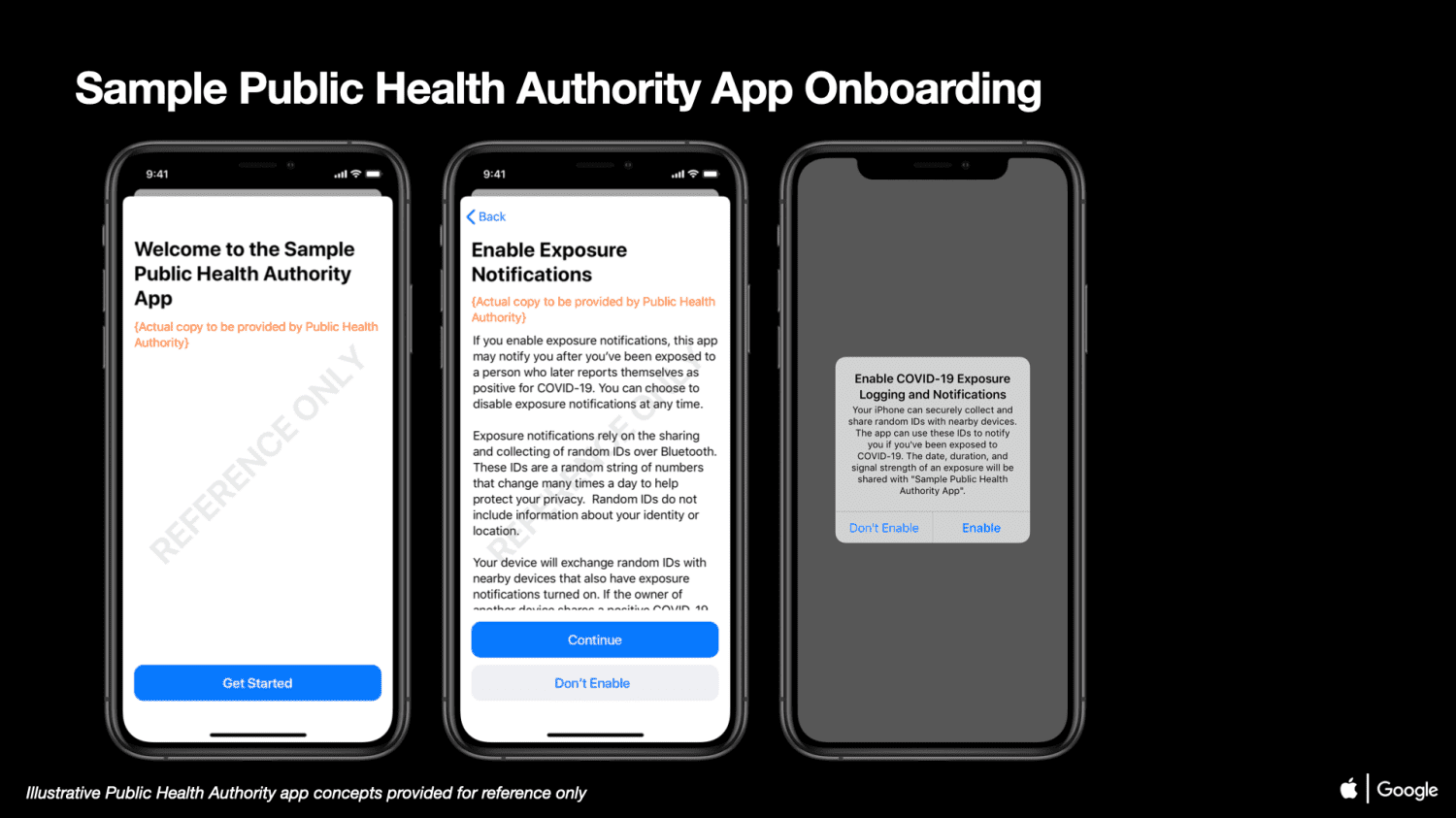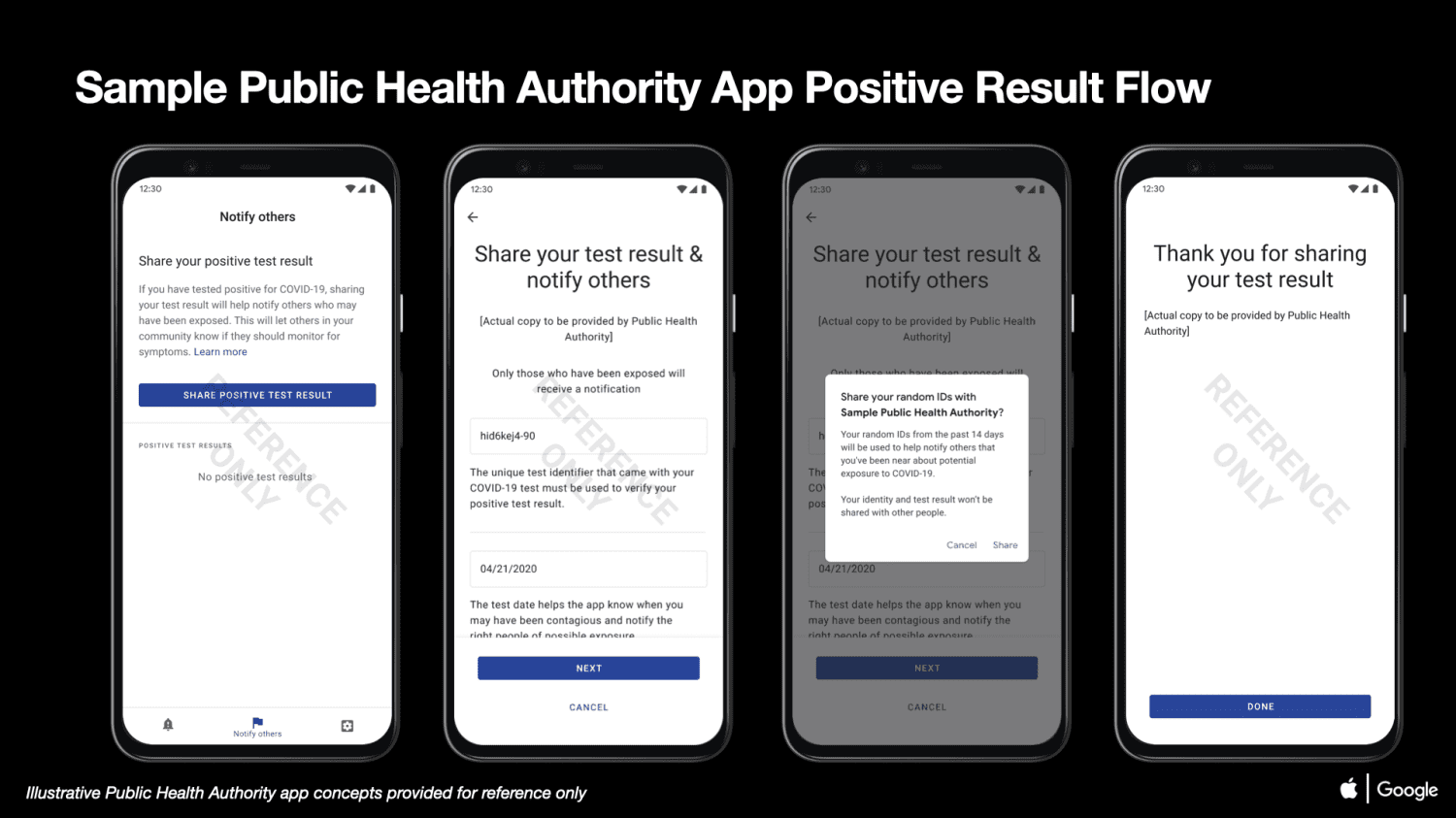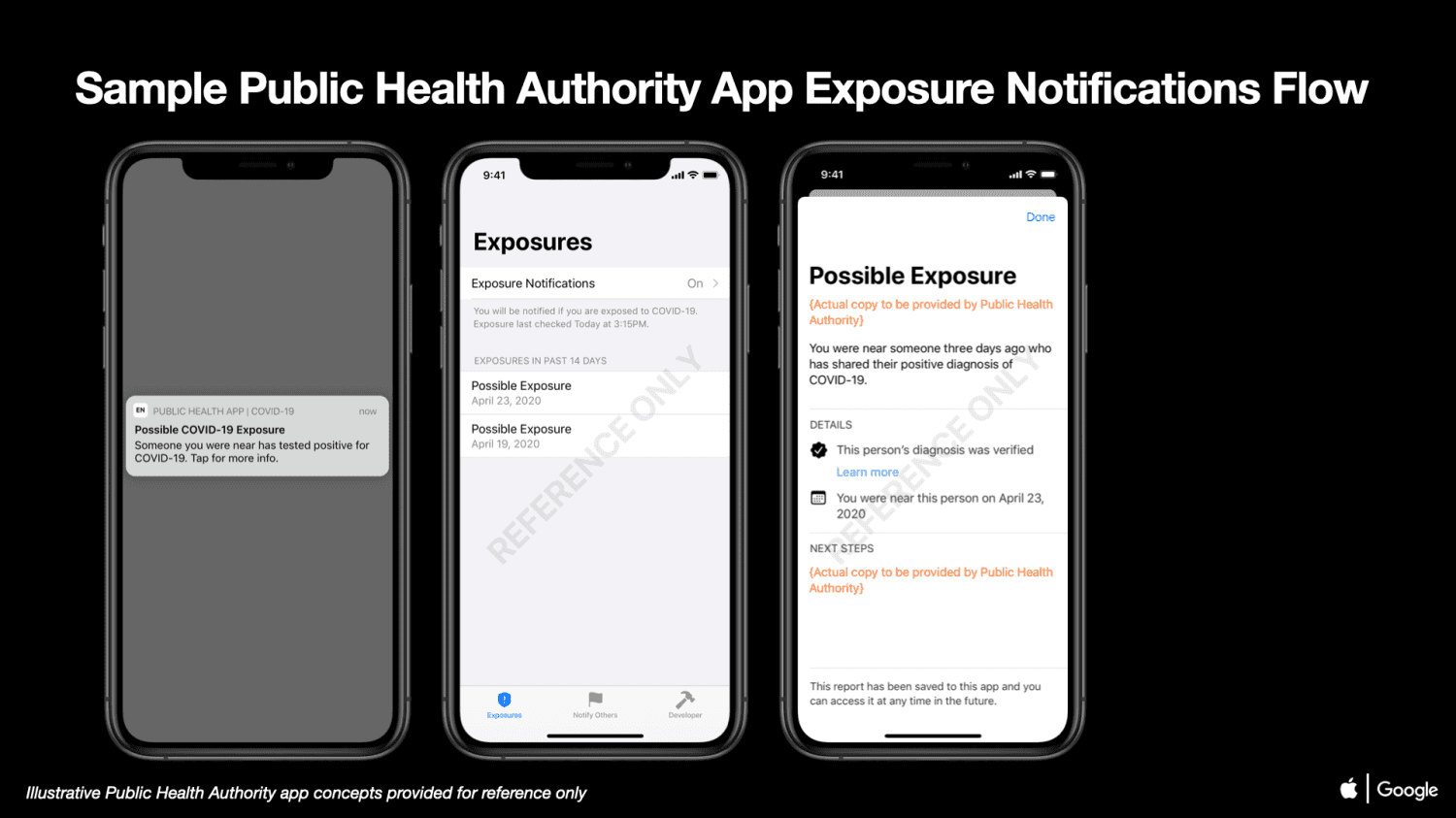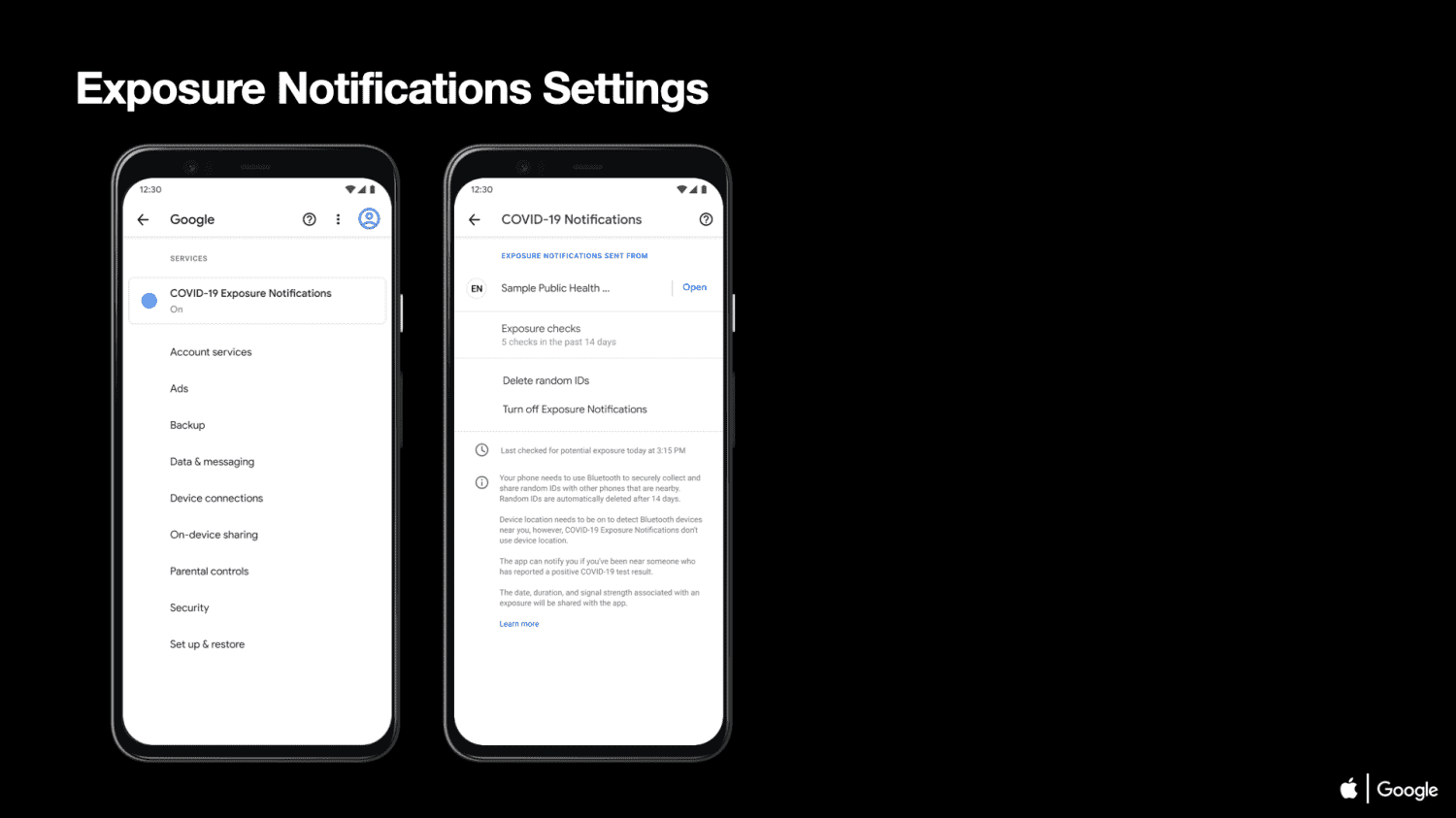Governments and health authorities around the world are working to find solutions to the COVID‑19 pandemic. All this work to protect the citizens and return to everyday life. Software developers are contributing by developing technical tools to combat the virus and help people. But companies are not going to let themselves be left behind. Technology is the key.
Google and Apple decided to sign a partnership to work in a joint effort to enable the use of Bluetooth technology to help governments and health agencies reduce the spread of the virus, with user privacy and security central to the design. Both companies are working closely and in collaboration with developers, governments, and public health providers. All of this to harness the power of technology to help countries around the world slow the spread of COVID‑19.
The result of the effort is an API for mobile devices which allows to exchange anonymous codes. If people are at a certain distance for a period of time, not just if they have crossed with someone in the street or the office, they can exchange it. Governments and health authorities will set time and distance. The code sent by the mobile app is renewed randomly at certain time intervals. This way, privacy is respected. The mobile app stores all the codes sent and received.
How does it work?

First the healthcare system communicates that someone tests positive for COVID-19. Then, the mobile app sends codes generates during the last 14 days to a server with the users permission.

The user’s mobile app periodically downloads all the codes of people who have tested positive and if it finds a match between the code of an infected person and a code previously stored on the mobile app, the user receives an alert. The system does not reveal any personal information about the person infected.

It will be possible to change the notifications settings.

Two different approaches to this solution
1. The centralized method
The greatest difference with decentralized protocols is that it depends on a central server, which is the responsibility of health authorities, where all the data obtained from mobile phones is stored.
2. GPS location
This approach uses GPS data; our location will be tracked and the app will know where we are at all times.
Both methods compromise our privacy and we have to trust that our data will only be used to fight the disease.
This solution is more focused on when the quarantine is over. To reach the goal of reducing the spread of the virus, user confidence is key. We must trust this system and the proposal put in place by governments in order to download this application and enable it.
At least 60% of the population should install these apps so they can be useful. In Singapore, one of the first countries to launch an app that successfully tracked COVID-19 data via Bluetooth, only 17% of the population installed the app. This is why it failed, and they had to resort back to quarantine.
Google and Apple shared these sample interface designs for potential apps and restrictions on how the system will ultimately be used.



